Trailering a Boat: A Step-by-Step Guide
For many people, trailering a boat is a good—and perhaps the only—way to get out on the water. Unfortunately, the trailer is often the very last thing the builder thinks about. After spending all that money and time building the boat, it is tempting to economize by buying a cheap, too-light rig. That’s a bad idea. A too-small trailer is not only short-lived, it’s also dangerous.Like building the boat, the business of trailering begins with planning. The first step in formulating the plan is to check the tow rating of your vehicle to get an idea of how large a trailer you can haul. It’s best, however, to take those ratings with a grain of salt, for almost any vehicle will haul a glued-lap Whitehall a few miles over moderate terrain to the local launch ramp; such a scenario is unlikely to test the mettle of your automatic transmission’s cooling system or your radiator, or to push your tires to their limit. It’s quite another thing, however, to attempt towing your brand-new mahogany-planked Haven 12-1/2 with a 1978 Subaru through the Rockies in summer. In this case, a bit more consideration needs to be given to tow-vehicle selection and upkeep.

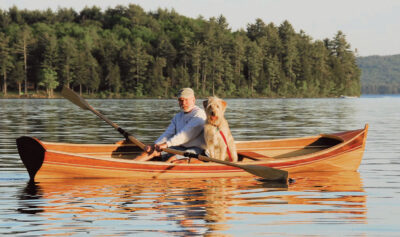
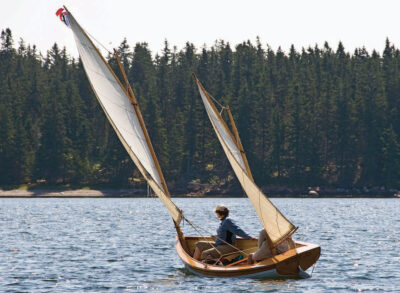
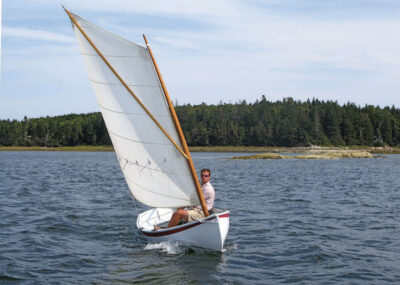
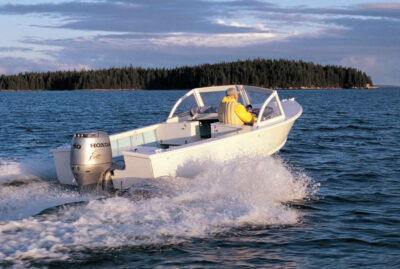

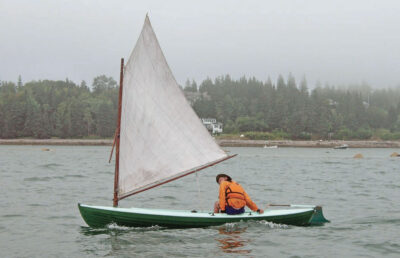
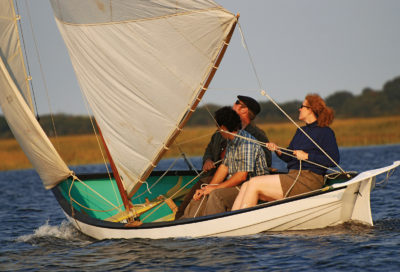
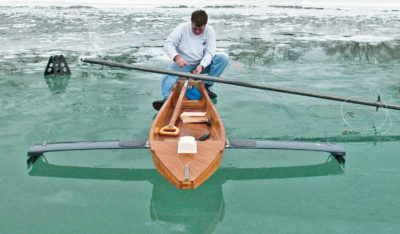
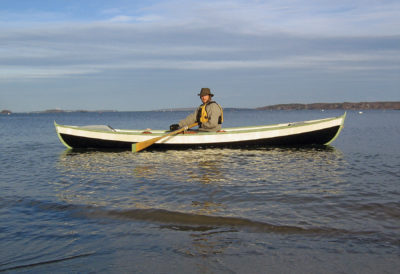
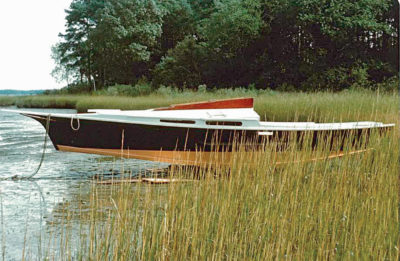
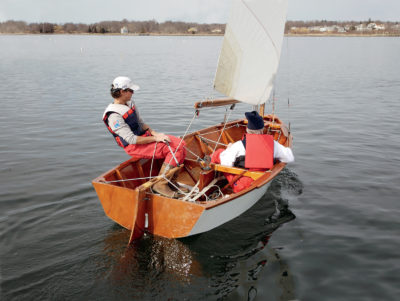
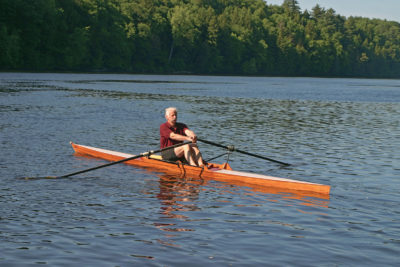
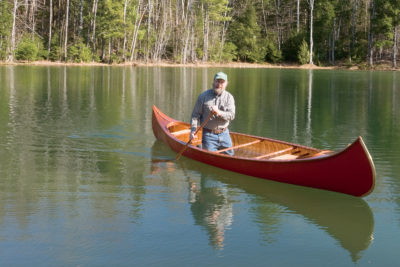
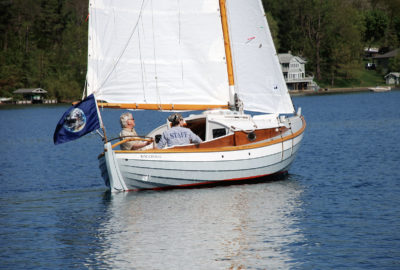
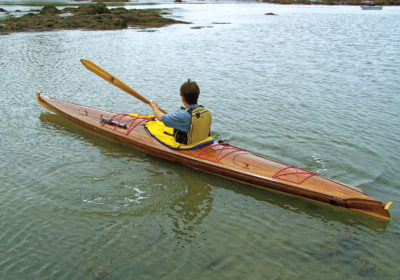
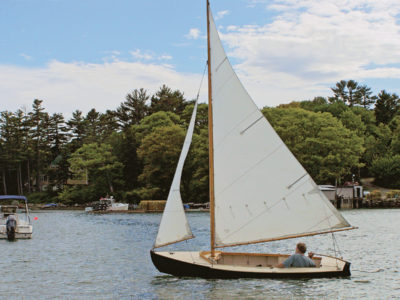
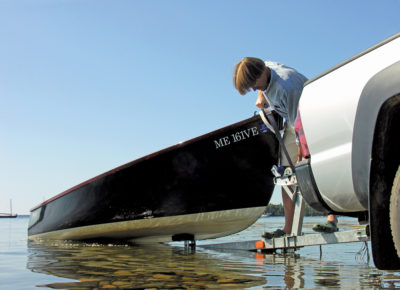
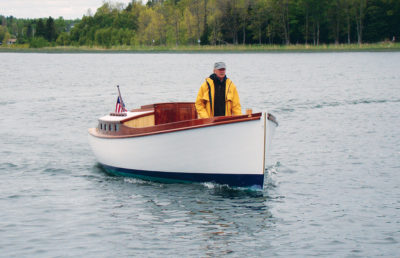
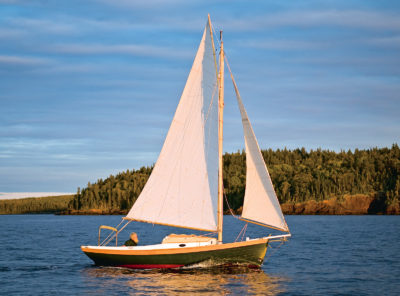
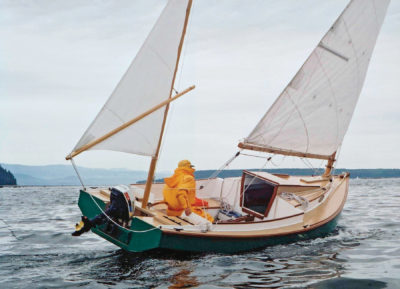

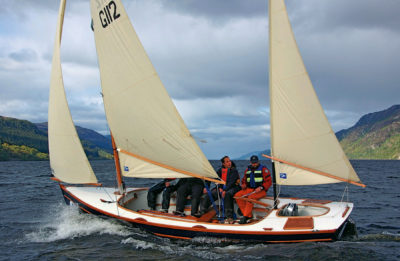
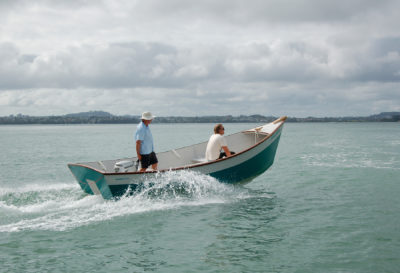
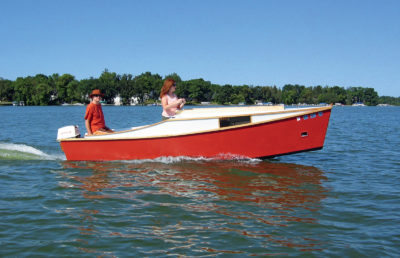
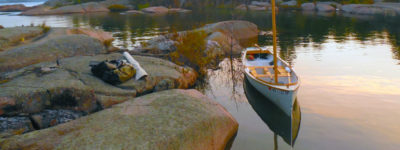

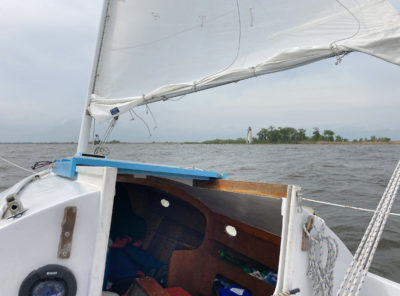

Great article. Ramp recon is a thing. We hopefully know before we head to a ramp that there are no power lines to mess with sailboat masts, look for the power and light poles, they are easier to spot than wires. Find the poles first and then scan for the wires, something we also did in the military when flying low-level helicopter routes. Even though we conducted a map study and identified hazards before a low level route, there were many times that uncharted wires were spotted.
Back to ramp recon: before we even rig we saunter down to the ramp and see if we can identify the sides and ends of the ramp. Not good to put a trailer wheel off the side, and there is usually a divot at the end of the ramp where big power boats have washed out the bottom while power loading. We look for the slime line on the ramp and try to avoid putting the tow vehicle wheels past that, although now our two main tow vehicles have all-wheel drive. We also check out the wind, current, and dock situation, that might lead us to pick one side of a ramp over the other, even if it means waiting a few minutes for another boater to launch from our preferred side. Skipper handles the dock lines, and she likes them set up on the same side that the dock will be on.
One other note on trailer tires: if buying a used trailer, check the load rating on the tires to make sure it is appropriate for the towed weight. Sometimes a previous owner may have bought the cheapest replacements, not knowing that there are different load ratings. And trailer tires should be no more than 6 years old, even if they look good, as microfissures would be beginning to form in the treads. There will be a MMYY (MonthYear) manufacture date on one side of the sidewall, if there is not, then the tire needs to be replaced.
Happy Boating,
Kent and Audrey
I worked in the marine industry for a lot of years and was a certified ShoreLandr trailer and ShoreStation tech. I have seen a number of trailer incidents from improper hookups/tie-downs, wrong-sized ball/receiver sizes, smoking bearings, broken axles, flat tires/no spare, as well as frame failures due to corrosion. These incidents that I mention are only going to and leaving boat ramps. Not only these mechanical I’ve seen plenty of nightmares launching and retrieving.
What really needs to be done is that the boater needs to develop a solid checklist and a consistent rhythm to this potentially hazardous activity of trailering. Besides, even the most experienced seasoned boat can look like an idiot sometimes.
It was mentioned in the article about boat/trailer covers. I prefer not using a cover in transit for two reasons: (1) trailing high speed can shred a cover and (2) on finely finished surfaces including gel/painted graphics covers, even the most expensive, can cause chafing and wearing. As with everything, the exception is pontoons. I prefer to put the cover on the boat when I get home.
One more thing I almost forgot. Always make sure the wheels/including the tongue jack are blocked when parked even when the surface looks flat. Trying to stop a boat, even a small boat, from rolling away can be very difficult, even dangerous. I’ve been in charge of a boatyard for a number of years; a runaway slow-rolling boat on a trailer on a driveway, storage building, or in a yard is a scary animal.
Take trailing as seriously as boating. Please don’t drink drive or pilot a boat no matter what the size of the vessel.
Another thing
Last item, make sure your boat has a line attached to something on the shore or dock before you float it off the trailer! I only did this once!
George
Also, if the boat has a drain plug, make sure it is properly installed. Something my father once forgot.